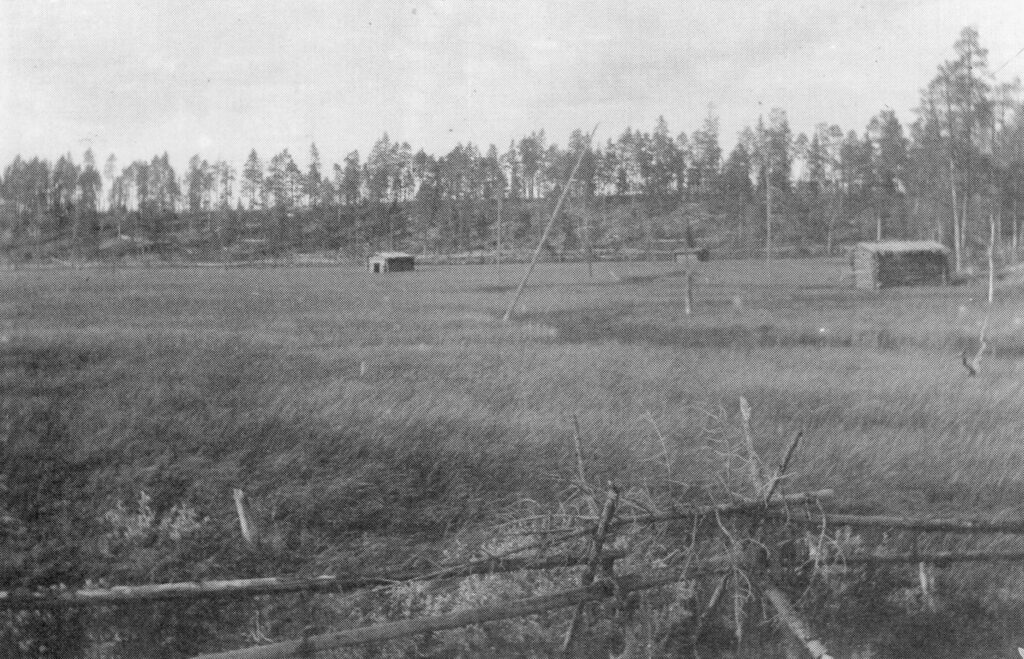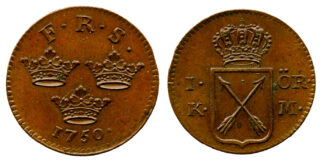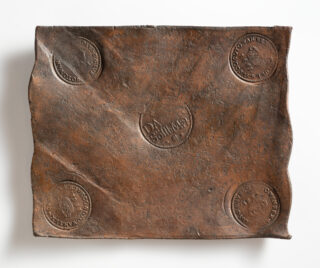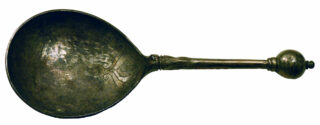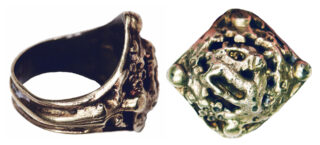Finnish settlement took root in Kuusamo at the end of the 17th century, when the Swedish crown gave permission to peasants cultivating the land to settle in Lapland. The settlers received a 15-year tax exemption and exemption from conscription. Especially from Kainuu, but also from the banks of River Iijoki and River Kemijoki, people flowed to Kuusamo, which was incorporated into Länsipohja county. In the year 1687 the governor estimated that there were 70 families, a total of about 200 settlers, in Kuusamo. This is probably a little higher than the number of the original Sámi population.
The Sámi people, who made their living by wandering, complained about the damages caused by the settlement in the courts. Game animals were afraid of the slash-and-burn cultivation and the Sámi suffered from the hunting and fishing of newcomers who disregarded the Sámi’s old rights to the land. A large part of the settlers were young men who moved quickly from one place to another when they practiced slash-and-burn cultivation, and it was not easy to make them answer for their actions in the courts.
The Lapland village system of Kitka and Maanselkä fell apart in the first decade of the 18th century at the latest. In the absence of representatives, the Sámi’s complaints in the district courts decreased. In addition to the damage caused by settlement, the Sámi’s life opportunities in the 1690s were reduced by the long-lasting cold climate. As a result, many Sámi people starved to death. According to Vicar Forbus, in 1718 there were a total of 615 people in Kuusamo’s parish. There were ten Sámi households.
In the eastern part of the parish, the Finnish settlement in many places crossed the border of the 1595 Treaty of Teusina between Sweden and Russia, which in southern Kuusamo ran along the line Näränkävaara-Iivaara-Muojärvi’s Rajaniemi, from there to the north along the line Muojärvi’s Kajavansalmi-Suininki’s Kurikkaperä – Kitka’s Virranniemi – Paanajärvi’s Ruskeakallio. By crossing the border, the settlers were expanding the Swedish empire at the expense of Russia, which was in a weakened state.
